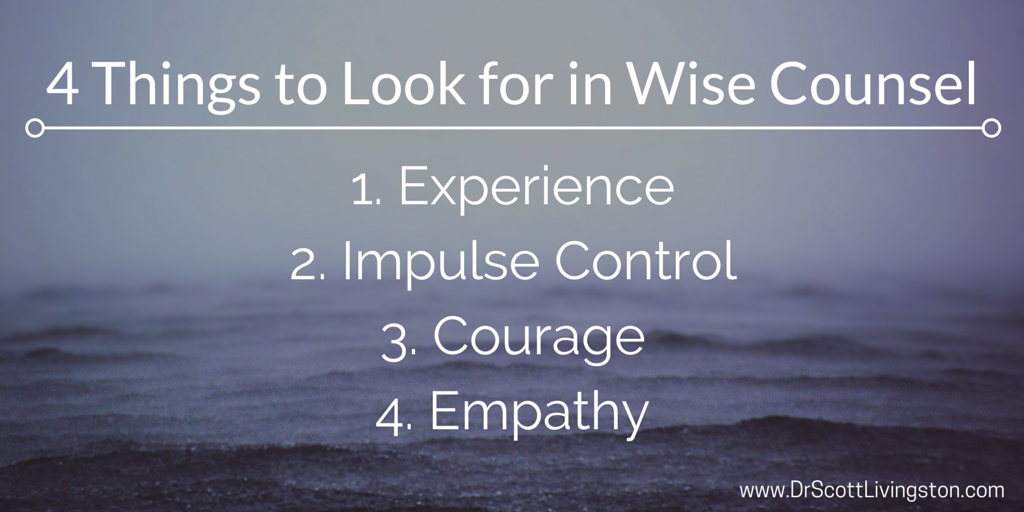I hope you had a wonderful weekend. As we dive back into the work week and our personal development journeys, I'd like to share some invaluable leadership insights gleaned from none other than my mother. Because let's face it, personal growth isn't complete without considering our wellness, and there's much to learn from the nurturing wisdom of maternal leadership. So, let's delve into the profound impact my mother's teachings had on my leadership journey.
LESSONS I learned about leadership from my mom:
Cultivating CULTURE
Growing up, my mother was the epitome of family-centeredness. Our home wasn't just a place for immediate family; it was a hub where grandparents, aunts, uncles, and cousins converged. My mom, a devoted "stay-at-home mom," created a familial culture steeped in safety and security, nurturing an environment where we thrived as kids.
Organizational culture experts like Dr. Boyd Johnson and Dr. Mike Linville would undoubtedly nod in agreement. After all, as my esteemed former boss, Tom Considine, often reiterated, "Culture eats strategy for lunch." Yet, it's a refrain that needs amplification within organizational settings.
Echoing Edgar Schein's insights, our human nature inherently craves social cohesion and safety. Establishing rules and regulations isn't merely about structure; it's about fostering an environment where individuals feel secure. My mother understood that safety breeds optimal performance, while threats trigger survival instincts, impeding cognitive function and receptivity to leadership.
Leadership, therefore, necessitates a nuanced approach – less about what's said and more about how it's received. My mom's blend of safety and discipline laid the groundwork for growth and well-being within our family unit.
SHOWING UP
In leadership, presence is paramount – it can't be delegated. My parents exemplified this principle, never missing significant life events, whether weddings, funerals, or milestone celebrations. They ingrained in me the importance of being there for others, no matter the circumstances.
Likewise, effective leadership demands active participation in the lives of followers. It's about prioritizing their milestones, meetings, and moments of crisis over personal agendas. By showing up, leaders foster trust and solidarity, strengthening the bond with their team.
EMBRACING Sacrifice
My upbringing in a humble, blue-collar neighborhood underscored the essence of sacrifice in leadership. Despite modest means, my mom ensured I never lacked essentials, fostering an environment of care and support that emboldened risk-taking.
Leadership isn't about privilege or entitlement; it's about selfless giving. Followers keenly observe the sacrifices leaders make – whether staying late to lend a hand or prioritizing their needs over personal leisure. In return, leaders earn commitment, loyalty, and heightened effort from their team.
Remarkably, these values seem scarce in many organizational cultures today. Perhaps therein lies the key: my mom never expected reciprocation. Genuine sacrifice, devoid of expectations, cultivates loyalty and commitment organically.
IN CONCLUSION
Reflect on these insights. Consider how they resonate with your leadership approach. Are there adjustments needed to better align with these foundational principles?
As Edgar Schein aptly puts it, organizational culture and leadership are inextricably linked. By embodying the nurturing ethos of maternal leadership – fostering culture, prioritizing presence, and embracing sacrifice – we pave the path for authentic connection, growth, and success within our teams.
Let's strive to lead with the same grace, selflessness, and wisdom exemplified by the maternal figures who've shaped our lives.
Reference: Schein, E. (2010). Organizational Culture and Leadership. San Francisco: Jossey-Bass. (p. 144).
















